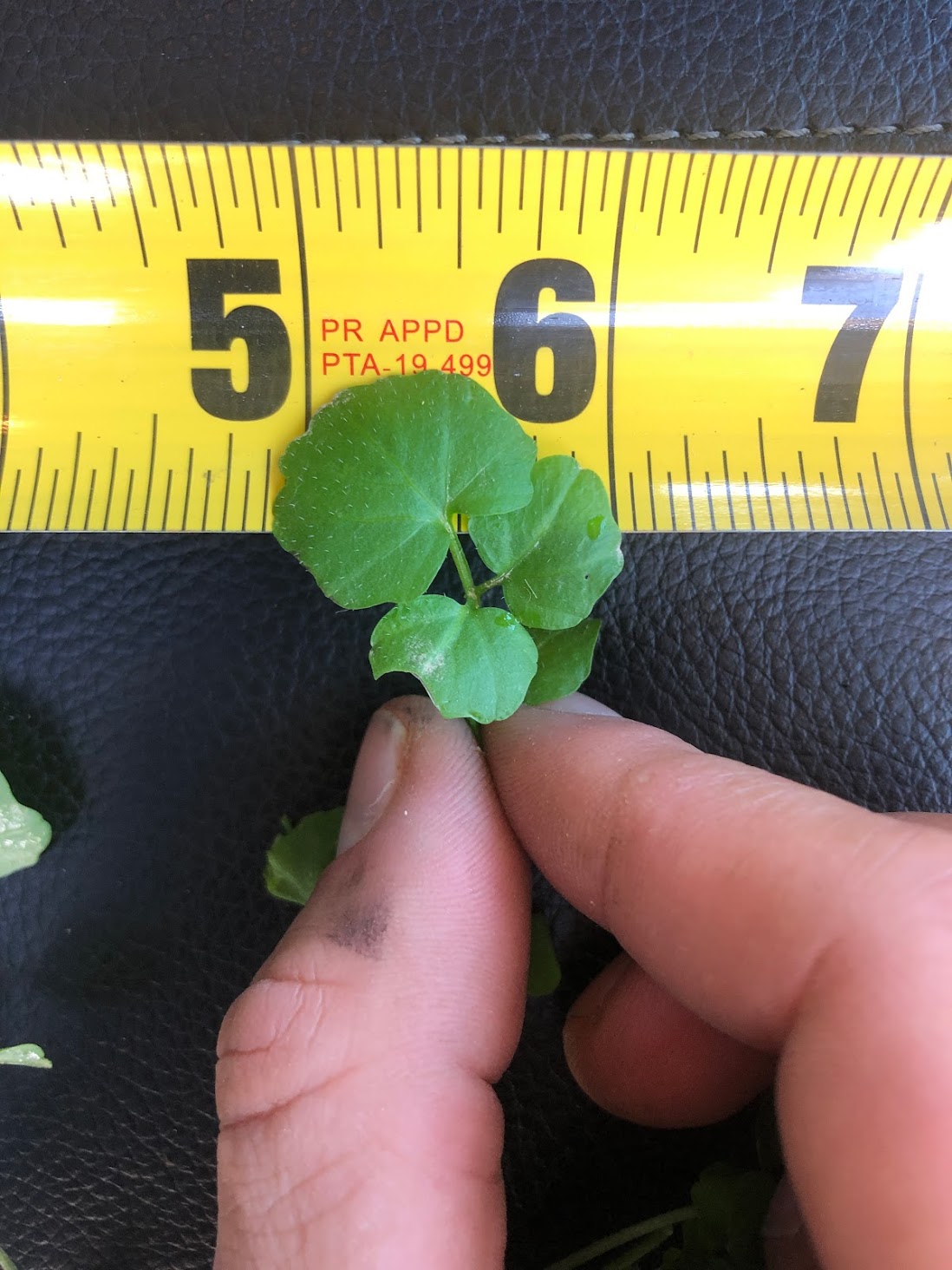Weed ID: Bittercress
Bittercress is a common weed throughout the year. However, it is easy to spot in early spring and fall when most other weeds are still dormant.
Bittercress, Cardamine hirsuta L., is commonly found in lawns and flowerbeds in our area.
While bittercress starts small, from a 1mm seed, it can grow up to 30cm in height. Most growth stems from a common base and forms a rosette pattern.
Seeds require cool moist soil to germinate. That is why new seedlings are prominent in spring and fall. Temperatures are warm enough to support growth, but the soil is cool enough for germination. One plant can produce multiple generations of seedlings.
Bittercress is easy to identify. It has round to kidney-shaped leaves in pairs along the stem. The leaf at the end of the stem will be single and the largest in size. The leaf surface is also hairy. Mature plants produce a small flower.
Bittercress will grow in a multitude of soil types and conditions. From sandy to organic soils. It will die when temperatures drop. In mild climates, bittercress may overwinter.

Even though bittercress is very prolific and can quickly overtake a lawn, control is very simple. Broadleaf herbicides, like 2, 4-D, handily kill bittercress. You can see a positive reaction in as little as 24 hours!
Since bittercress is an annual, killing them before they go to flower will quickly eradicate the seed population. Once the seeds have been eliminated from the lawn, bittercress will be less and less of a problem in the subsequent years.
Controlling bittercress with pre-emergent herbicides is very tricky. The problem with pre-emergent control is that bittercress germinates during the same period as grass seed. To maximize grass seed germination is it is critical to not apply pre-emergent before overseeding. Therefore, we cannot proactively control bittercress and spread grass seed.
